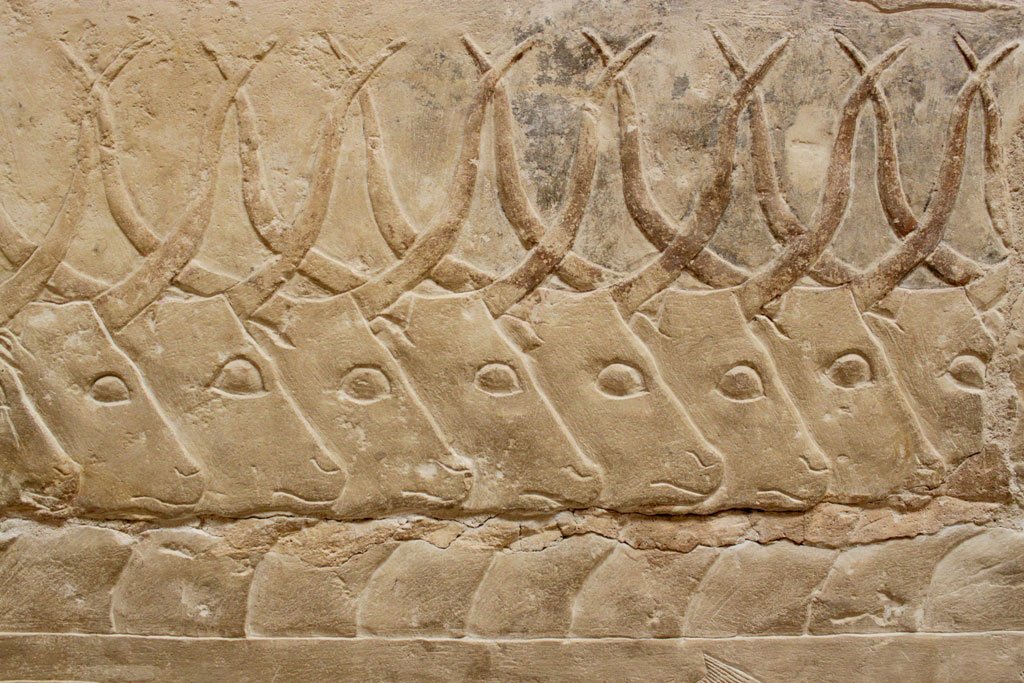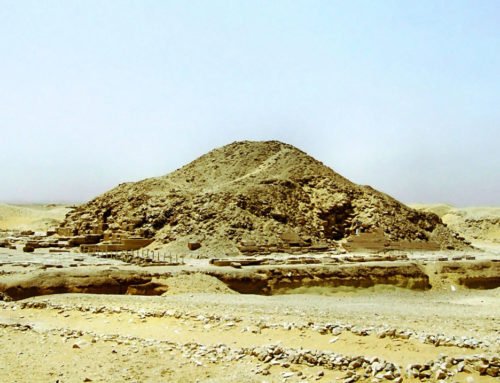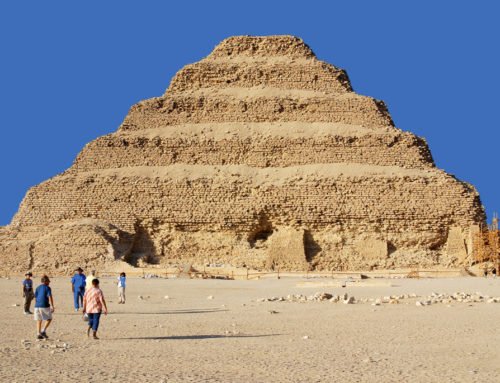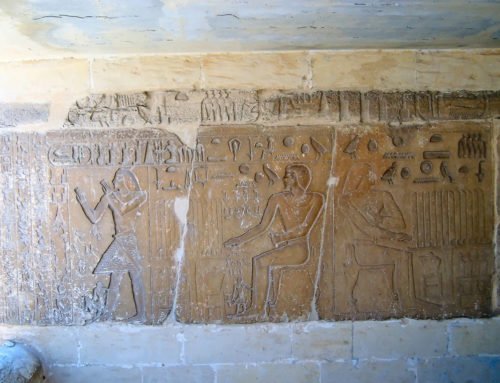Overview
- Features: Burial chamber for the Apis bull
- Opening Times: 7:30 am to 4:00 pm, daily
- Best Time to Visit: Early mornings
- Duration: 30 mins to 1 hr
- Travelled By: On the Go Tours
- Cost:
- Address: North Saqqara, Egypt
- Type: Shrine
Author Reviews[display_rating_item_results rating_form_id=”2″ rating_entry_ids=”1″ show_category_filter=”false” show_options=”true” result_type=”star_rating” preserve_max_rating=”true” show_title=”false” show_count=”false” ]
Total Rating: [display_rating_result rating_form_id=”2″ show_count=”false” show_rich_snippets=true] [accordions load=”1″] [accordion title=”User Reviews” last] [display_rating_item_results rating_form_id=”5″ show_options=”true” result_type=”star_rating” preserve_max_rating=”true” show_title=”false” show_count=”true” show_rich_snippets=true] [/accordion] [accordion title=”Add Review”][display_rating_form show_email_input=”true” show_comment_textarea=”true” show_name_input=”true” rating_form_id=”5″] [/accordion] [/accordions]
Summary
Along with the Step Pyramid of Djoser, the Serapeum is one of the main highlights of a visit to Saqqara. This burial chamber is dedicated to the sacred Apis bull which was by far the most important of the cult animals entombed at Saqqara.
Serapeum: Burial Chamber for the Apis Bull
Along with the Step Pyramid of Djoser, the Serapeum is one of the main highlights of a visit to Saqqara. This burial chamber is dedicated to the sacred Apis bull which was by far the most important of the cult animals entombed at Saqqara.
Below are some interesting facts about Serapeum as well as how to get to and from Serapeum as an independent traveller.
10 Interesting Facts about Serapeum
- The Apis, it was believed, was an incarnation of Ptah, the god of Memphis
- The Apis was the calf of a cow struck by lightening from heaven. Once divinely impregnated, the cow could never again give birth, and her calf was kept in the Temple of Ptah at Memphis and worshipped as a god
- The Apis was always portrayed as black, with a distinctive white diamond on its forehead, the image of a vulture on its back and a scarab-shaped mark on its tongue
- When an Apis bull died it was buried with great ceremony in the rock-cut, subterranean galleries of the Serapeum
- These catacombs were begun by Amenhotep III (1390-52 BC) and remained in use until 30 BC
- The Serapeum was discovered by Auguste Mariette in 1851
- It is an eerie underground burial chamber with a series of long, dark passageways lined with side chambers, which house 25 granite sarcophagi
- The sarcophagi once contained the mummified corpses of the Apis bulls and weighed up to 80 tonnes each
- When discovered in 1851, all the tombs had been broken into and pillaged except for one, which was still intact
- The intact sarcophagus contained a mummified bull which is now in the Agricultural Museum in Cairo
Getting to & From Serapeum
The Serapeum is located in Northern Saqqara north-west of the Step Pyramid of Djoser. To get to Northern Saqqara, the quickest and easiest way is to hire a taxi. The cheapest option is to take a bus / minibus to Saqqara Road and get off at the Saqqara Road stop. From there, take a microbus to the turn-off to the Saqqara site (ask for Haram Saqqara). From there, it’s a 1.5 km walk to the sites.





